I've recently talked with a friend about LaTeX compilation. LaTeX can use only one core to compile. So for the speed of LaTeX compiliation, the clock speed of the CPU is most important (see Tips for choosing hardware for best LaTeX compile performance)
Out of curiosity, I've looked for CPUs with the highest clock speeds. I think it was Intel Xeon X5698 with 4.4 GHz (source) which had the highest clock speed.
But this question is not about CPUs that get sold. I would like to know how fast it can get if you don't care about the price.
So one question is: Is there a physical limit to CPU speed? How high is it?
And the other question is: What is the highest CPU speed reached so far?
I've always thought that CPU speed was limited because cooling (so heat) gets so difficult. But my friend doubts that this is the reason (when you don't have to use traditional / cheap cooling systems, e.g. in a scientific experiment).
In [2] I've read that transmission delays cause another limitation in CPU speed. However, they don't mention how fast it can get.
What I've found
- [1] Scientists Find Fundamental Maximum Limit for Processor Speeds: Seems to be only about quantuum computers, but this question is about "traditional" CPUs.
- [2] Why are there limits on CPU speed?
About me
I am a computer science student. I know something about the CPU, but not too much. And even less about the physics that might be important for this question. So please keep that in mind for your answers, if it's possible.
